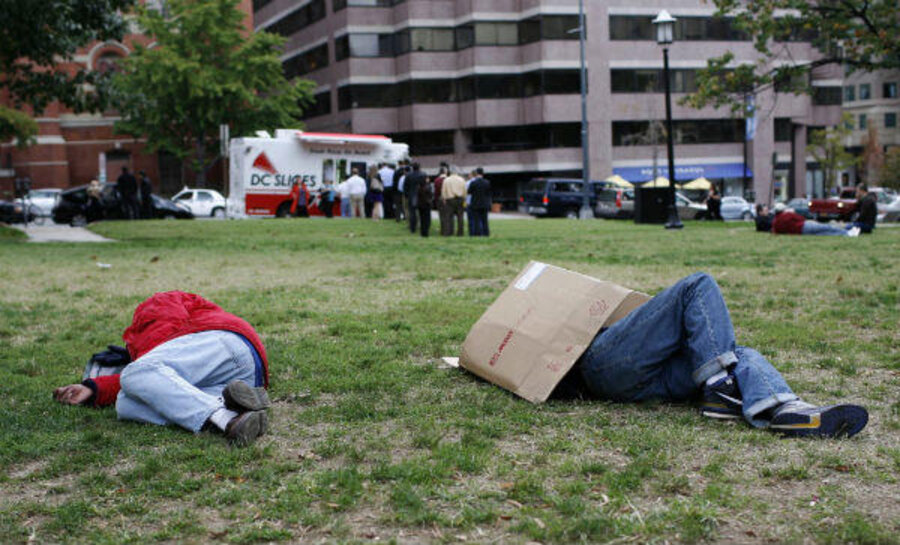Income inequality was front and center during President Obama’s State of the Union Address last night, throwing into the limelight several uncomfortable truths: America’s rich-poor gap is one of the worst among developed economies, and it appears to be widening further.
In this the United States finds itself in growing company. Income disparities within most countries have inched upward over the past few decades (though disparity among countries could be falling). Measurements for income inequality are evolving, but the most common remains the Gini index, which measures the dispersion of incomes on a scale of zero (perfectly equal) to 100 (perfectly unequal).
Rising income disparity among the world’s largest economies in particular was highlighted in a May 2013 report by the OECD, a group of 34 mostly developed countries. Disparity is on the rise in three-quarters of OECD states. In the OECD as a whole, the richest 10 percent of the population earned about 9.5 times that of the poorest 10 percent, with Gini index averaging about 32. The US exceeds that average by about 6 points, standing at 38.
Here are several countries comparable to the US in income inequality.






